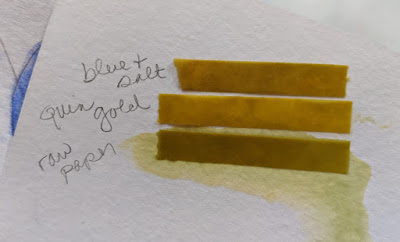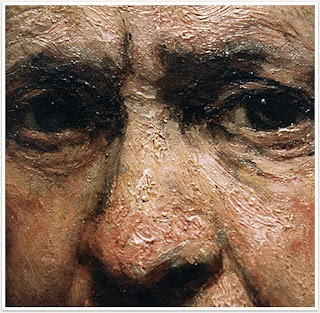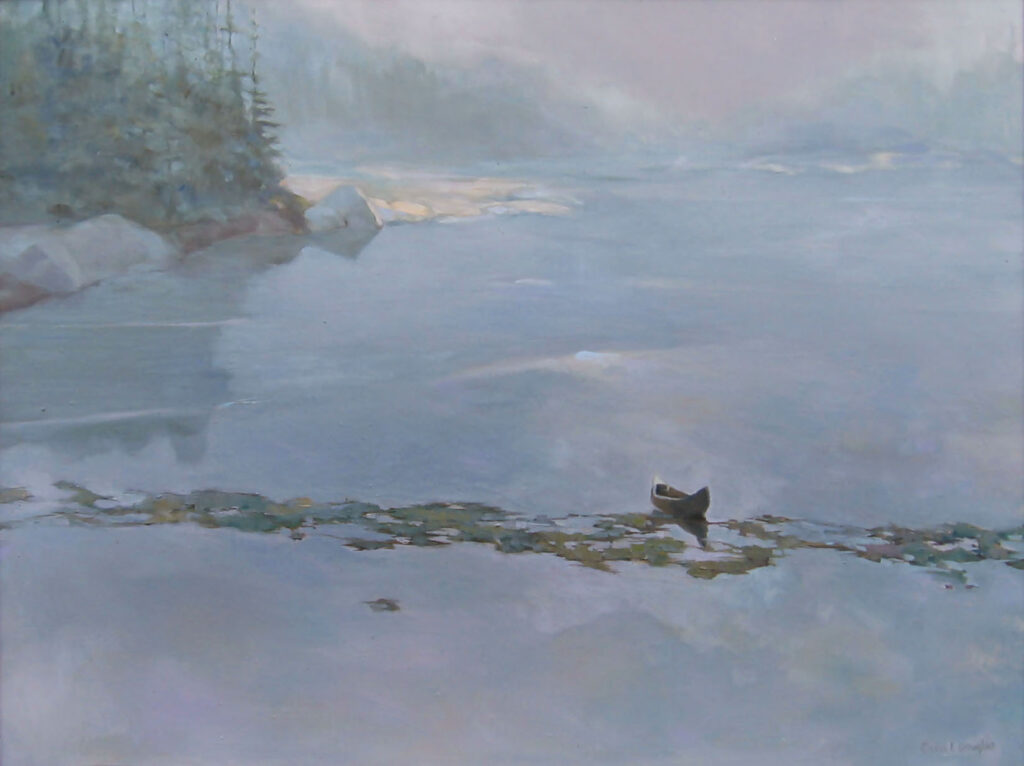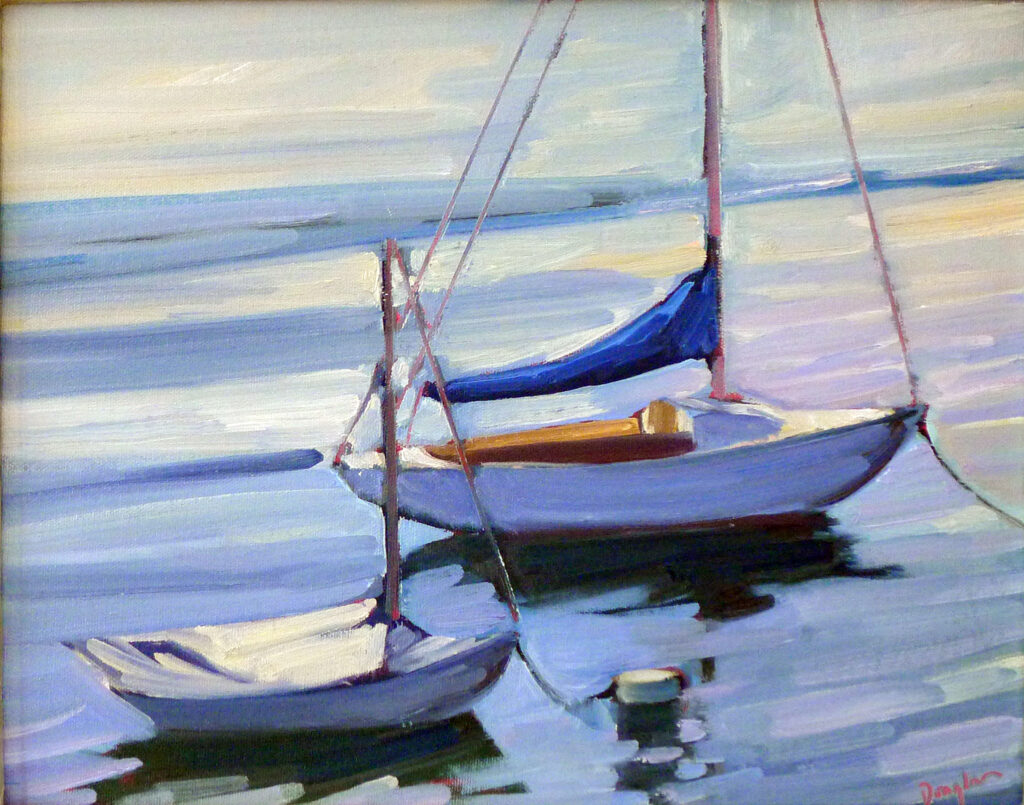Chemistry was my worst subject, so it’s ironic that it plays such an important role in painting.
| Blueberry barrens, watercolor on Yupo, Carol L. Douglas, available through Maine Farmland Trust Gallery. |
My students ask me, on average, a question a week that I can’t answer. Often, these revolve around chemistry. This was my worst subject, so it’s ironic that it plays such an important role in painting. Because I care about the survival of paintings, I really wish I’d paid more attention in high school. Let that be a lesson to you, kids.
I like painting with saltwater in my watercolors. It’s a habit I picked up from Poppy Balser, who also lives along the North Atlantic. It encourages the separation and granulation of the colors, adding just a bit of texture to the whole process. In addition, I occasionally—like many other watercolorists—add salt to create more texture.
| Float, watercolor on Yupo, Carol L. Douglas, available. |
“But won’t salt degrade the paper?” a student asked. In searching the internet, I found dissenting opinions. The ones that said it would, thought it would do so by lowering the pH of the paper. Acidity is the enemy of paper, a fact known even to dolts like me.
Now, the idea that salt was acid-forming didn’t make much sense to me. Table salt is neutral; you can tell by its taste. I asked my husband, who had the same chemistry teacher as me, but was good at it. He mumbled something about salts being chemical compounds consisting of cations and anions. Suddenly, I remembered just what it was I disliked about the subject.
 |
| Bunker Hill Overlook, watercolor on Yupo, Carol L. Douglas, available . |
Well, it would be easy enough to test, I thought. I just needed to find some pH test strips. That was complicated a bit by the fact that we live a little to the north of nowhere, and everyone sensible has left for the winter. Eventually, I ordered some online.
At the post office, I tucked them in my jacket pocket. They were promptly filched by my dog. I can now tell you that my dog’s saliva has a pH of 8.5. This is, interestingly, considerably more alkaline than human saliva, which I looked up. Our mouth drippings have a pH normal range of 6.2-7.6.
 |
| What was left of my test strips after Guillo ate them. |
There were enough strips left to test the raw paper (Strathmore), an area where I’d painted without salt, and a section where I’d used enough salt to create a new ocean. Both painted samples were slightly more acidic than the unpainted paper itself, which was neutral.
Any real scientist would be appalled by my technique. I wet the paper with the spray bottle in my watercolor kit. That contains common tap water, but I figured that whatever impurities it contained would affect all the samples equally. I then stuck the samples down with my index finger—more or less clean—and waited. But I think the results were good enough to tell me that salt doesn’t really affect the pH of the paper. But paint itself does.
 |
| My conclusion: salt doesn’t make any difference, but paint itself does. |
All of which reminded me of a hoary old joke you hear from kids, about dihydrogen monoxide, which is a colorless, odorless, tasteless liquid that’s in everything we eat or drink. I was thinking about it when I rinsed my hair with the stuff this morning, after scrubbing it with a chemical bath that was a surfactant combined with a co-surfactant, and then rinsing with a polymer. Why do we find the results of that so pleasant, and our dirty hair so offensive?
But, more importantly, I was thinking of a little ditty that’s been with us since the early 18th century:
A little learning is a dangerous thing;
drink deep, or taste not the Pierian spring… (Alexander Pope)
It’s why I discourage people from making their own mediums, experimenting with substrates, etc. Painting is hard enough when we’re using proven technique. It’s hard enough for conservators to preserve paintings that were done properly. Why make things more difficult?











